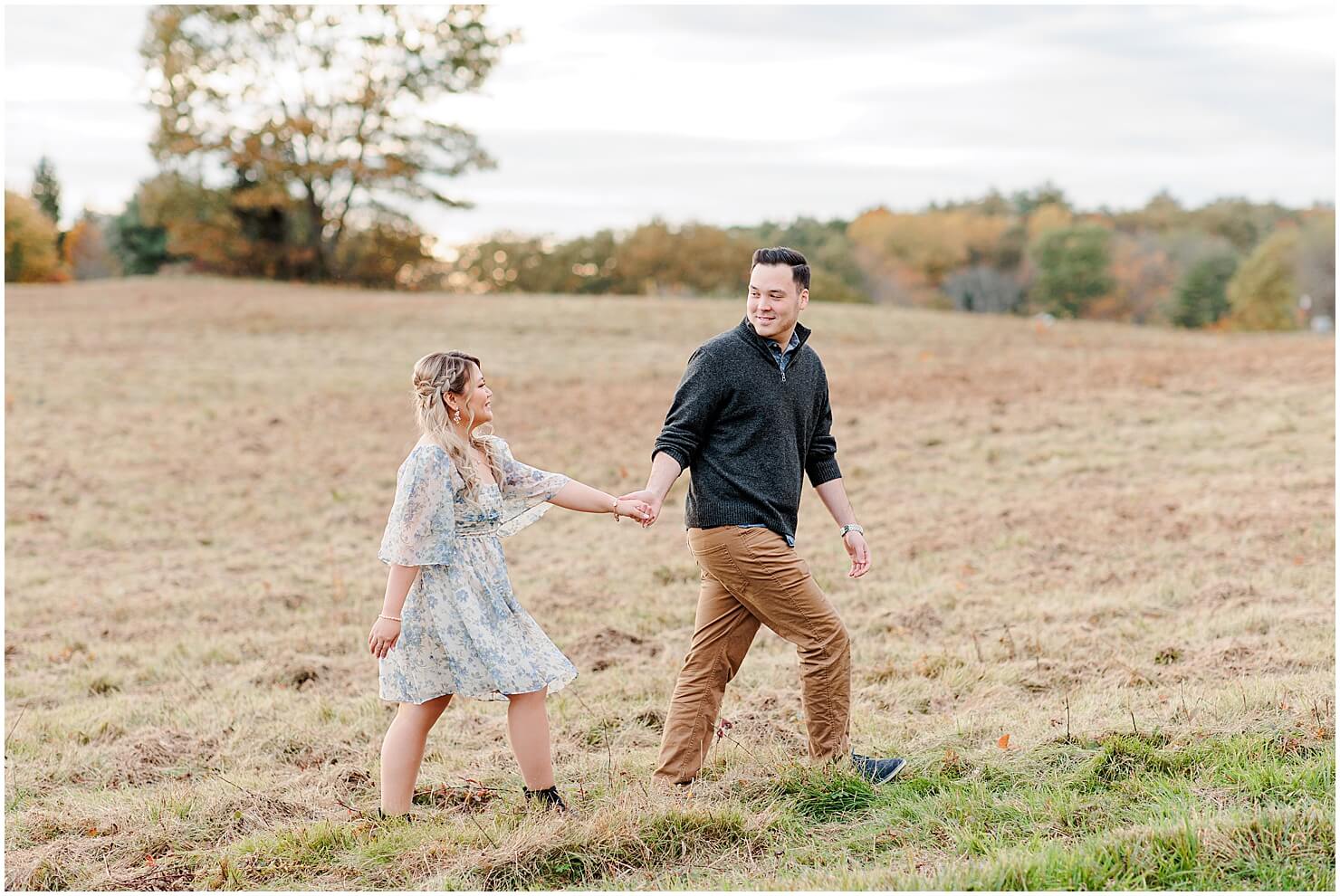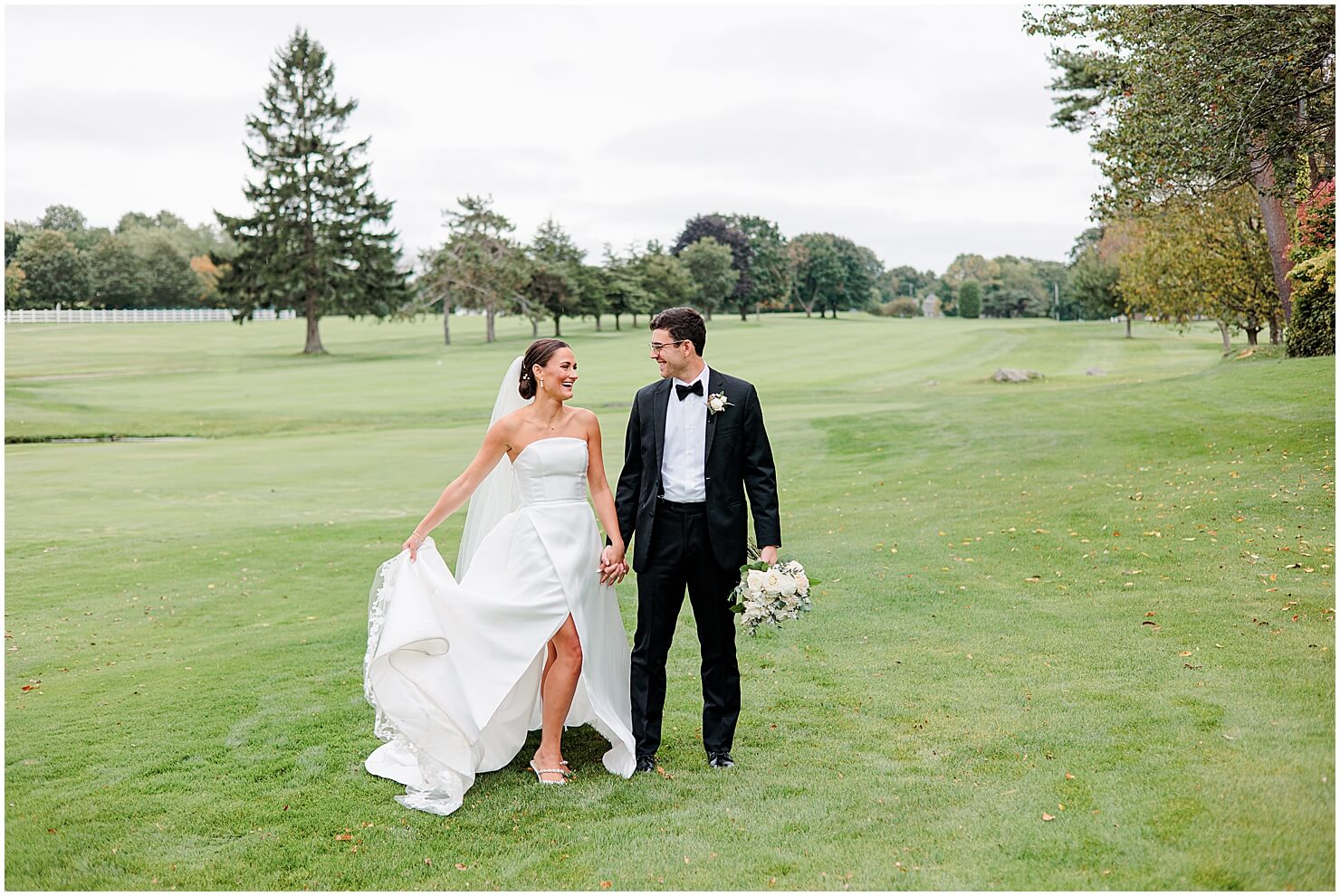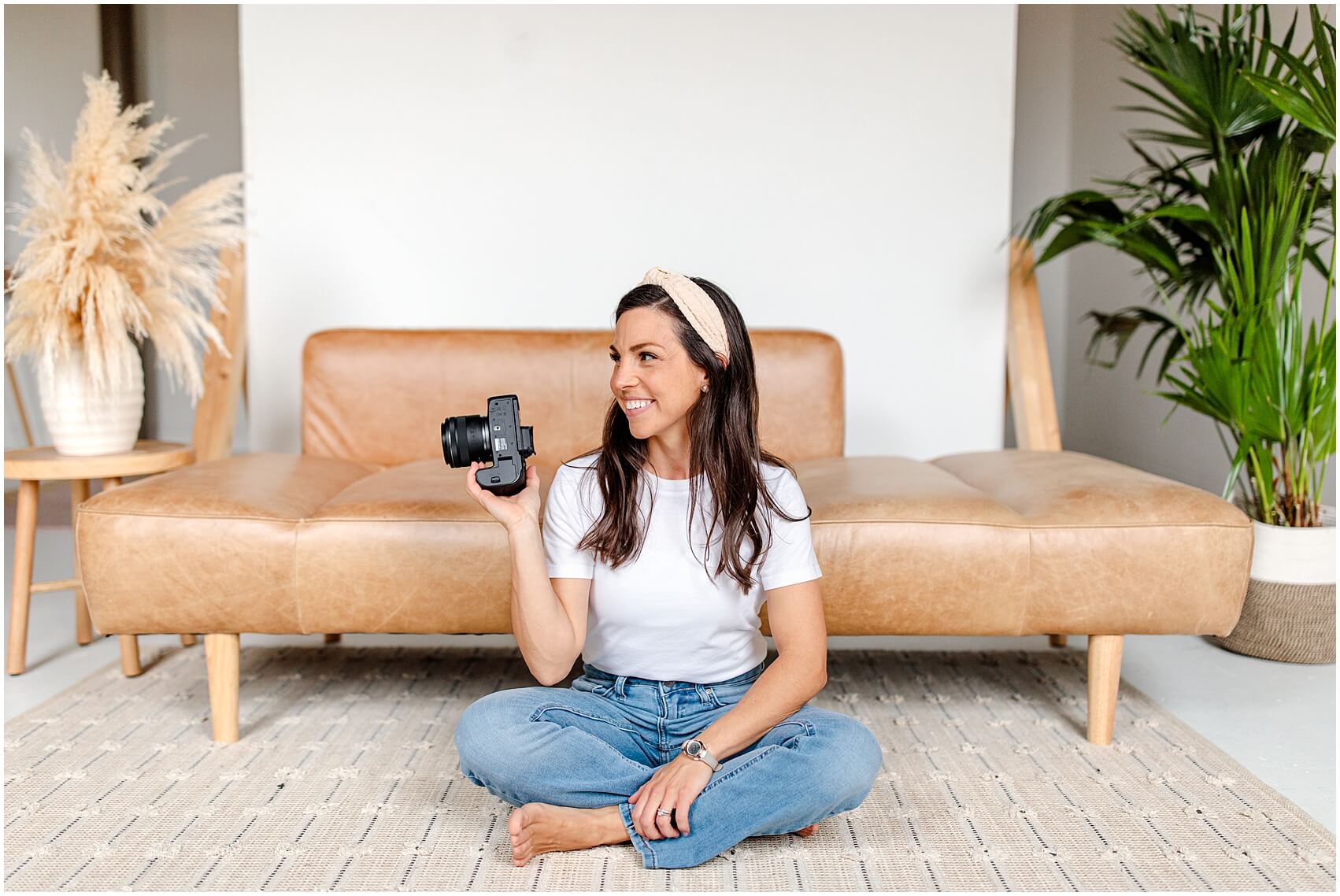The choice of a camera brand is a pivotal decision and two giants that have long dominated the scene—Canon vs Nikon are both excellent choices.
Deciding between Canon and Nikon cameras is like picking the perfect tool for your artistic canvas.
In this guide, we’ll explore these two popular brands, uncovering the features that make them unique. Whether you’re a pro or just starting, we will discover which camera might be the best fit for your photography journey.
Let’s simplify the world of cameras, making it easier for everyone to understand and choose the camera that suits their needs.
This post will shed light on the Canon vs Nikon debate, drawing from personal experiences and industry insights.
Quick Glance
Canon Pros
- Color Profile has pink hues, making it a better choice for skin color
- Has a image playback dial, making it easier to see images that have been taken
Nikon Pros
- Color Profile has green hues, making images more vibrant.
- Battery life lasts twice as long as Canon.
- Quick Glance
- Canon vs Nikon: My Personal Experience
- Canon vs Nikon: The Evolution of Gear
- Canon R6: A Mirrorless Marvel
- Why not the Nikon Z6?
- From Nikon to Canon: A Shift in Color Palette
- Canon vs Nikon: Choosing the Right One
- Canon vs Nikon: The Mirrorless Advantage
- Canon vs Nikon: The Bigger Picture
- Final Thoughts: Canon and Nikon
This post contains affiliate links and is a member of the Amazon Services LLC Associates Program. If you make a purchase using one of these Amazon links, I may receive compensation at no extra cost to you.

Canon vs Nikon: My Personal Experience
Nikon DSLR
My photography journey started with a Nikon D5500—an entry-leve crop sensor DSLR.
The Nikon D5500 was a reliable camera, offering a robust set of features for an enthusiastic beginner.
As I got better at photography, I wanted to try more advanced cameras, so I switched to the full frame Nikon D600 and finally the D750.
Each Nikon camera I obtained brought a heightened sense of creative control and image quality, solidifying my loyalty to the brand.
It is necessary to note that I could shoot an entire wedding on one Nikon battery without ever having to change it or charge it.
However, the dawn of the mirrorless era marked a turning point in the industry, prompting a reassessment of my gear.
Canon Mirrorless
A few years ago, the call of Canon’s mirrorless lineup led me to make a bold switch.
The transition from Nikon to Canon was not merely a shift in brand allegiance; it was an embrace of cutting-edge technology and a reimagining of my photographic approach.
The Canon R6 became my new muse—a mirrorless marvel that seamlessly fused innovation with a commitment to visual storytelling.
Canon vs Nikon: The Evolution of Gear
Canon R6: A Mirrorless Marvel
The Canon R6 has become the heartbeat of my photography business. Its mirrorless design not only lightens the load but also introduces a world of possibilities in terms of autofocus speed, electronic viewfinders, and video capabilities.
The Canon R6 is a testament to Canon’s commitment to staying at the forefront of technological advancements.
The transition from DSLR to mirrorless was a paradigm shift, and the Canon R6 made it a seamless and gratifying experience.
The autofocus, in particular, stands out, making every shot crisp and decisive. Canon’s Dual Pixel autofocus system, a hallmark of their mirrorless lineup, is a game-changer for capturing both stills and videos.
Why not the Nikon Z6?
When I was contemplating switching to mirrorless I tried both the Nikon Z6 and the Canon R6. Ultimately I chose Canon for two main reasons:
- I am a portrait photographer and I love the more magenta/pink tones that Canon color profiles offer. Skin looks more realistic in my opinion.
- The image playback dial. I can look through images I have taken very quickly with a spin of a dial instead of clicking through one by one.
From Nikon to Canon: A Shift in Color Palette
The move from Nikon to Canon also brought forth a noticeable shift in the color rendering of my images.
Nikon cameras are often characterized by a tendency to render scenes with a subtle greenish tint. This quality is not a flaw; rather, it’s a distinct trait that photographers often become accustomed to.
The greens are lush, the landscapes vibrant, but the skin tones sometimes lean towards the cooler spectrum.
On the other hand, Canon cameras, including the R6, are known for a warmer color rendition, with a subtle hint of pink.
This characteristic, while subtle, is particularly advantageous when capturing portraits, as it tends to enhance the warmth and natural hues of skin tones.
For those who prioritize true-to-life color reproduction, Canon’s color science often receives praise for its accuracy, especially in portrait photography.
Canon vs Nikon: Choosing the Right One
The Nikon vs Canon debate often revolves around personal preferences and the desired aesthetic.
Some photographers appreciate the Nikon color profile for its emphasis on greens, which can work wonders for landscapes and certain styles of photography.
On the other hand, Canon’s inclination towards warmer tones is celebrated for its ability to breathe life into portraits and deliver a more pleasing representation of skin tones.
As someone who values authenticity and true-to-life colors in my photographs, I found the shift to Canon’s color profile to be a welcome change.
The pinkish undertones, while subtle, contribute to a more natural and flattering portrayal of skin tones, adding a layer of authenticity to my portraits.

Canon vs Nikon: The Mirrorless Advantage
The invention of mirrorless technology has transformed the photography landscape, and both Canon and Nikon have embraced this evolution with enthusiasm.
Canon’s mirrorless lineup, including the Canon R6, has not only kept pace with technological advancements but has set new standards in terms of performance and versatility.
Mirrorless cameras offer advantages such as reduced weight, compact designs, and enhanced autofocus capabilities.
The Canon R6, in particular, excels in low-light performance, making it a versatile tool for photographers who venture into various lighting conditions.
The electronic viewfinder provides a real-time preview of exposure and depth of field, offering a level of precision that enhances the overall shooting experience.
Nikon, too, has made significant strides in the mirrorless realm with models like the Z6 and Z7, showcasing their commitment to innovation.
The choice between Canon and Nikon mirrorless systems often boils down to individual preferences, specific needs, and the color profile that aligns with a photographer’s vision.
Canon vs Nikon: The Bigger Picture
The decision to choose between Canon and Nikon extends beyond the camera body—it encompasses an entire system of lenses, accessories, and support systems.
Both Canon and Nikon boast an extensive array of lenses that cater to diverse photographic industries, ensuring that photographers have the tools they need to bring their visions to life.
Canon’s EF and RF lens lineup, especially with the introduction of the RF mount for mirrorless cameras, offers a new and complete selection for photographers.
The adaptability of EF-mount lenses to RF-mount bodies with a $199 adapter ensures that Canon users can easily make the switch without immediately having to purchase all new lenses.
The RF lenses, in particular, showcase Canon’s commitment to pushing optical boundaries, providing photographers with cutting-edge technology and unparalleled image quality.
Nikon’s F-mount lenses have long been celebrated for their optical excellence, and the Z-mount system for mirrorless cameras continues this legacy.
The ability of F-mount lenses to Z-mount bodies also ensures that Nikon users can leverage their existing lens investments while exploring the capabilities of the mirrorless format.
Final Thoughts: Canon and Nikon
In the Canon vs Nikon debate, there is no definitive winner; rather, there are choices that resonate with the individual photographer’s vision, style, and preferences.
My journey from Nikon to Canon was not a rejection of one for the other but a deliberate exploration of new color profiles.
Starting with the Nikon D5500 and progressing through the D600 and D750, each Nikon camera etched a chapter in my photographic story.
The transition to Canon, specifically the Canon R6, was fueled by a desire to embrace the future of imaging technology and unlock new possibilities in my creativity.
The color science debate—Nikon’s greens vs. Canon’s pinks—adds a fascinating layer to the decision-making process.
For those who prioritize accurate skin tones and a warmer overall palette, Canon’s approach may be more appealing. However, for photographers who revel in the verdant landscapes and unique color profile of Nikon, the choice might lean the other way.
In the end, the Canon vs Nikon dilemma is a subjective journey that evolves with each click of the shutter.
Both brands continue to push boundaries, innovate, and cater to the diverse needs of photographers worldwide.
As we navigate the ever-evolving photography landscape, the key is not just in the gear we choose but in the stories we capture and the emotions we convey through our lens—irrespective of whether it bears the Canon or Nikon branding.

More Resources:
HOW TO MARKET A PHOTOGRAPHY BUSINESS FOR FREE
CHECKLIST FOR STARTING A PHOTOGRAPHY BUSINESS



